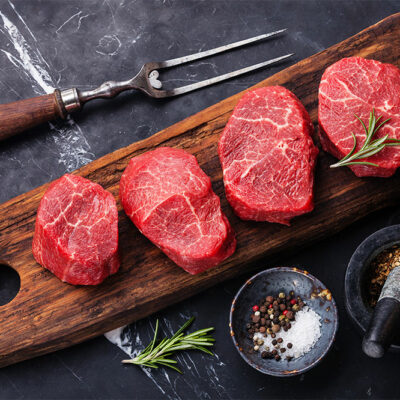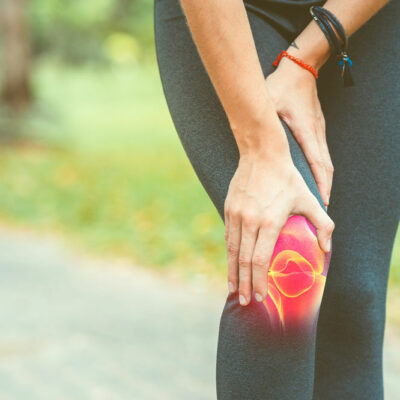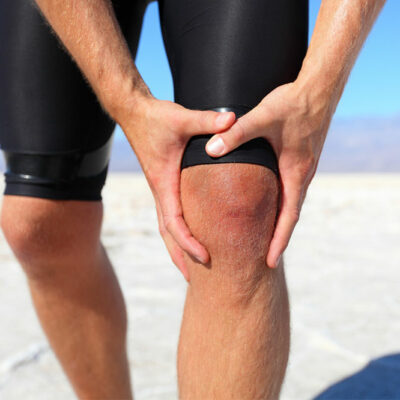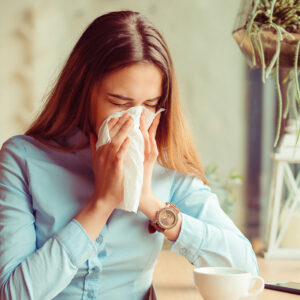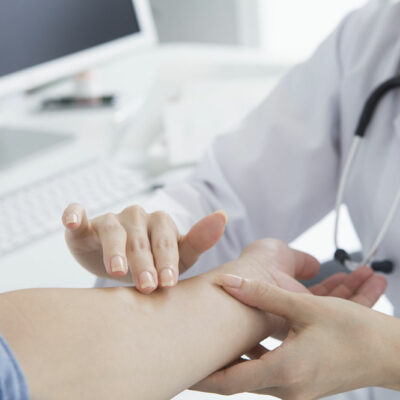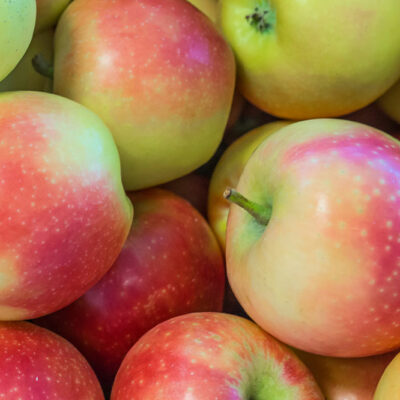
health
6 things to avoid with rheumatoid arthritis
Rheumatoid arthritis is a chronic inflammatory condition affecting individuals of all ages. Typically, this form of arthritis leads to pain in the joints, such as your wrists, ankles, feet, and fingers. The pain is usually crippling and can interfere with day-to-day activities, making it essential to tackle head-on. While treatments are available for rheumatoid arthritis, this article discusses the foods and lifestyle choices you should avoid to manage the condition better. Sugars Processed and refined sugars can damage the body, especially if you have arthritis. Research studies say that foods like sweetened soda and desserts are directly linked to the worsening symptoms of rheumatoid arthritis. Even if you do not have arthritis, too much added or refined sugars can increase the risk of developing this condition. Processed foods Processed foods like breakfast cereals, baked goods, and ready-to-eat foods that require little to no cooking should also be avoided if you have rheumatoid arthritis. These are full of added sugars, preservatives, salts, and tons of other inflammatory ingredients that can worsen the symptoms. Processed foods can also increase your risk of heart disease and other health troubles. Red meat and processed meat Experts have found that red and processed meats increase inflammation in the body, leading to the development of rheumatoid arthritis.
